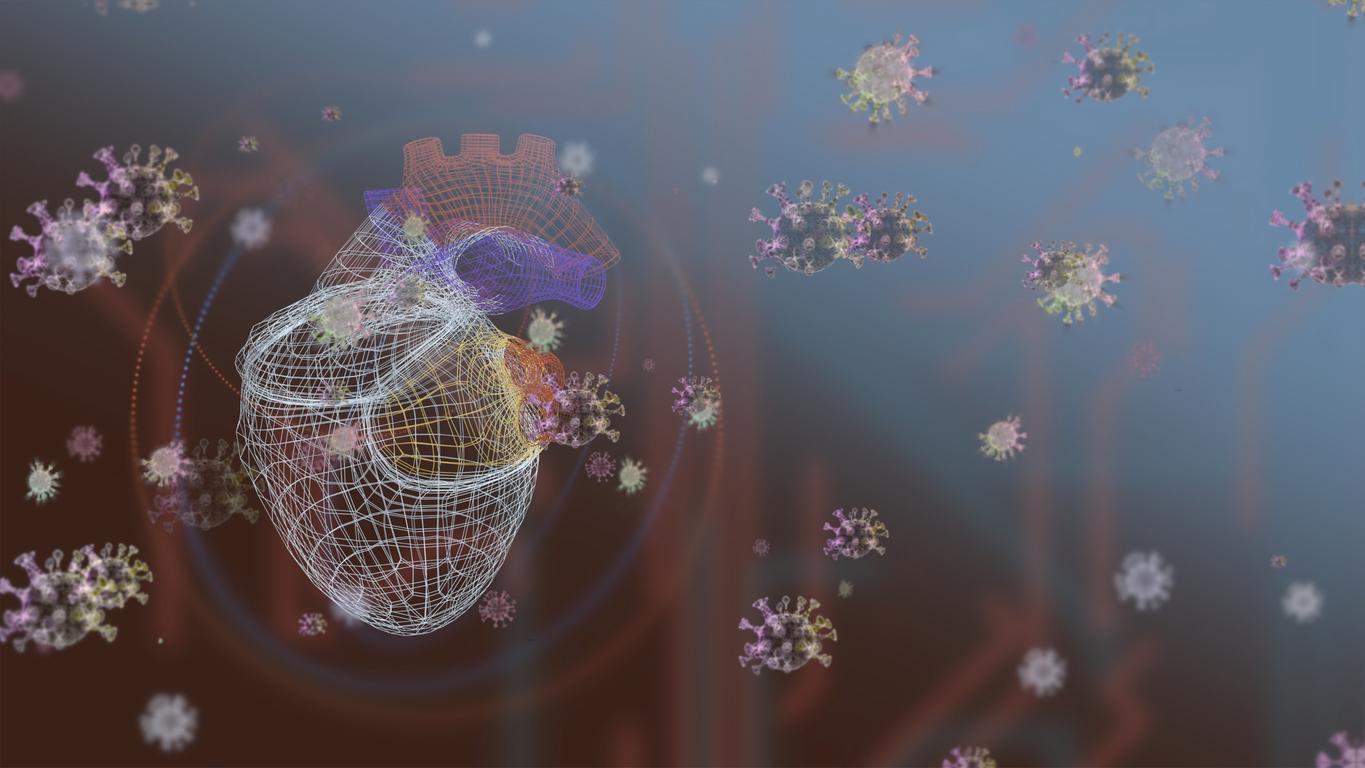Researchers have been looking at a species of parasitic fish, the sea lamprey, to find an effective way to deliver drug treatment to the brain. Their hope: to treat diseases such as cancer or strokes.

What if a cure for brain cancer was found in the immune system of a parasitic fish, which has populated our rivers for millennia? This fish is the sea lamprey, a long jawless fish that looks like an eel, and feeds on the blood of other fish.
According to a study recently published in the journal Science Advances and led by a team of scientists from the University of Wisconsin-Madison and the University of Texas at Austin, the lamprey may provide a way to efficiently deliver drug treatment to the brain.
These researchers identified a molecule present in the immune system of lampreys: variable lymphocyte receptors (RLV). These receptors have the ability to reach the extracellular matrix, a network of macromolecules that provide structure to the cells around them.
However, this extracellular matrix represents a large part of the central nervous system. Researchers therefore believe that RLVs may help deliver treatments directly to the brain, increasing the effectiveness of treatments for brain cancer, traumatic brain injury or stroke.
Penetrate the blood-brain barrier
Current treatments are not optimal because of their difficulty in penetrating the brain by crossing the blood-brain barrier. This barrier notably prevents the infiltration of harmful agents into the brain. Unfortunately, it also prevents drugs from reaching the brain.
But in the case of a serious condition, such as brain cancer, the blood-brain barrier “relaxes” and becomes less impenetrable. This is serious, because the brain is then exposed to greater dangers. But it also theoretically allows treatments to reach their target more easily.
In this study, researchers investigated how RLVs could take advantage of the weak blood-brain barrier in rodents with glioblastoma, an aggressive form of brain cancer. “Molecules like RLVs wouldn’t normally be able to transport anything into the brain, but when there’s a break in the blood-brain barrier, they can deliver the drug right to the site of the pathology,” says Professor Shusta, author of the study.
The research team considers these new discoveries as very promising, noting the extension of the life expectancy of the rodents treated in this experiment. They also state that RLVs move freely in the body without forming a focus of accumulation in healthy tissues. This treatment would therefore have no impact on viable organs.

.

















